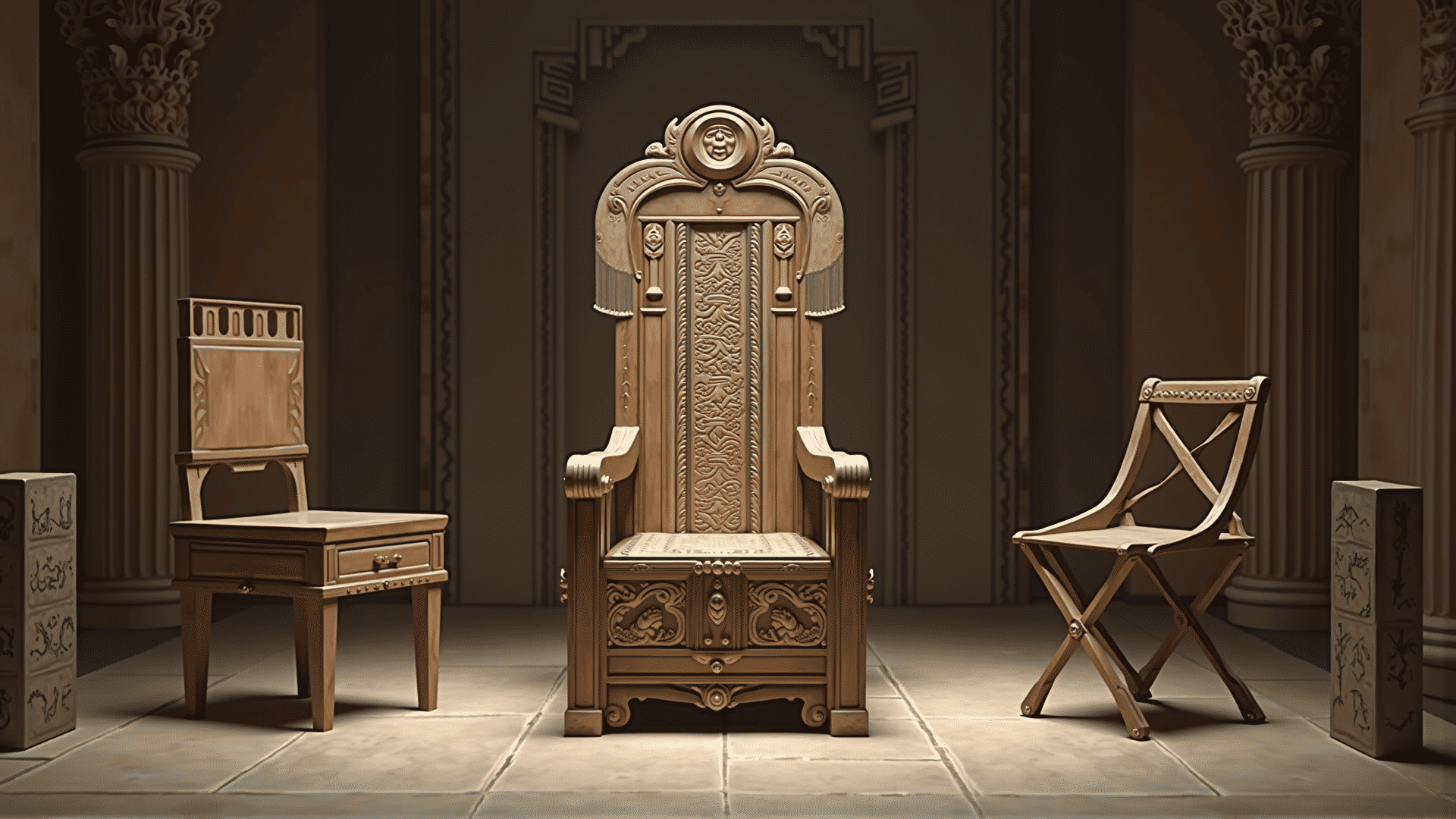Chairs, often seen as simple objects in everyday life, hold a rich tapestry of history and cultural significance spanning millennia. Delve into the fascinating evolution of seating from ancient times, and discover how these seemingly mundane objects have mirrored the complexities of societies that crafted them.
In the cradle of civilization, ancient Egypt, chairs were initially symbols of power and status. The elite adorned their thrones with intricate carvings and luxurious materials to denote their prominence. These early forms signaled authority, as ordinary people typically sat on benches or the ground. Crafted primarily from wood, with occasional embellishments of ivory or gold, these seats were both functional and emblematic.
Moving onward to ancient Greece, chair design began to reflect more than just status. Known for their elegance and simplicity, Greek chairs, or "klismos," featured curved backrests and legs that exuded grace. Their design prioritized aesthetic appeal and comfort, eliminating the straight, rigid forms of their predecessors. In Greek society, chairs became somewhat more accessible, though they were still primarily found in the homes of the affluent or used in public spaces by officials.
The legacy of Greek seating influenced Rome, where innovation further thrived. Roman chairs, known as "curule seats," were folding stools that symbolized power and dignity. They were often made of metal and showcased intricate designs, reflecting both Greek artistry and newfound Roman engineering prowess. While the usage of seats began to extend beyond the elite, with benches and simpler forms in public and domestic spaces, the ornate ones remained reserved for those of high standing.
Throughout these civilizations, chairs were more than just objects to rest upon. They were conveyors of social hierarchy, artistic expression, and technological advancement. The materials used, the craftsmanship involved, and the styles adopted all tell stories of human endeavor and cultural exchange.
In understanding the history of seating, one gains insight into the broader cultural and technological developments of ancient societies. Chairs, as humble as they may seem, have been silent witnesses to history's unfolding, offering unique perspectives on the complexities of human civilization.
Exploring the evolution of seating not only enriches our appreciation for these everyday objects but also heightens our understanding of the societies that shaped them. From Egypt to Greece to Rome, chairs have been more than utilitarian objects; they are a legacy of cultural ingenuity and artistic mastery.
